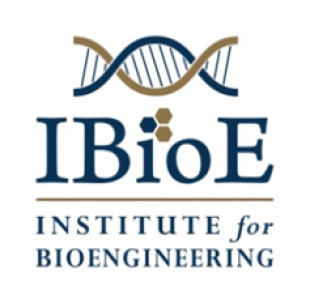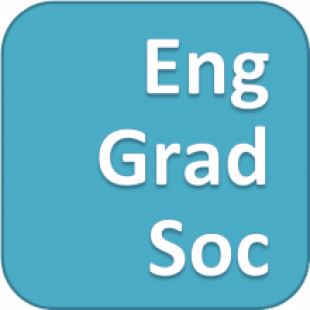Location:
Hudson Beare CR4 http://www.ed.ac.uk/maps?building=hudson-beare-building
Date:
Pizza at 12.45pm, talks start at 1pm.
Student director, Stefan Klintström, will open the seminar with a few words about Forum Scientium.
Forum Scientium is a multidisciplinary doctoral programme of natural sciences, engineering, and biomedicine established in 1996 by Linköping University, Sweden. The programme includes around 60 PhD students. A more detailed presentation of the group can be found here: http://www.liu.se/forskning/scientium/about?l=en
Alina Sekretaryova will present on 'Arrays of microelectrodes as a platform for water quality monitoring'
Abstract: Improving water resource management and increasing access to safe drinking water and basic sanitation are world-wide issues with the potential to improve the quality of life of billions of individuals. Electrochemical (bio)sensors for rapid, specific and simple detection of chemical and microbial pollutants is a promising technology in this respect. One general drawback of methods based on electrochemistry is that it is often difficult to achieve low enough detection limits and desirable sensitivity ranges. One way to overcome this problem is by use of microelectrode arrays for (bio)sensor construction. Microelectrode arrays exhibit a better signal/noise ratio than conventional-sized electrodes because they minimise the active surface area and the concomitant noise associated with the double layer capacitance of the active area, while enhancing mass transfer via multidimensional diffusion along axes where the electrode dimensions are small relative to the diffusion layer thickness.
In this talk, examples of application of graphite microbands arrays fabricated by screen-printing followed by cutting to expose the edge plane and boron doped diamond microelectrode arrays for monitoring of water pollutants, such as phenols and antibiotics, will be presented.
Lía Fernández del Río will present on 'Exploring Optics of Beetle Cuticles with Mueller-matrix Ellipsometry'
Abstract: In the Applied Optics group at IFM we have been focusing our research on the optical properties of light reflected from beetles' exoskeletons. Spectroscopic Mueller-matrix ellipsometry at variable angles of incidence is applied to beetle cuticles using a small (50 -100 μm) spot size. It is demonstrated how ellipticity and degree of polarization of the reflected light can be derived from a Mueller matrix providing a detailed insight into reflection properties. Results from Cetonia aurata, Chrysina argenteola and Cotinis mutabilis are presented. The use of Mueller matrices in regression analysis to extract structural and optical parameters of cuticles is briefly described and applied to cuticle data from Cetonia aurata whereby the pitch of the twisted layered structure in the cuticle is determined as well as the refractive indices of the epicuticle and the exocuticle.
Fredrik Bäcklund will present on 'Functionalized protein fibrils – controlling the photophysical properties of hydrophobic dye compounds'
Abstract: When the protein insulin is heated in aqueous acid, it self-assembles into fibrous structures known as amyloid fibrils. By co-grinding fibril forming proteins with a hydrophobic functionalizing guest molecule, a protein-guest molecule composite material can be created that retains the proteins innate ability to form fibrils. Subsequently formed fibrils will thus have the structural properties of the protein fibril as well as the properties of the incorporated guest compound. The grinding procedure is applicable for a wide range of chromophores commonly used for organic electronics and photonics and has been shown to be useful for applications within biomedicine as well as optoelectronics . As the composite material forms fibrils, incorporated small linear molecules can be forced into highly specific alignment and structural organization. The fibrils simultaneously act as dispersive agents and as an organizing matrix fixing linear molecules along the fibril long axis. This enables a solution processable alternative to vaccum depositioning for large scale molecular orientation. As a proof of concept, we have used the grinding methodology to show new routes for the spacial organization and processing of (small linear hydrophobic) oligothiophenes, obtaining polarized emission from fibrils functionalized with oligothiophenes.
Event Contact Name:
Dr Pankaj




